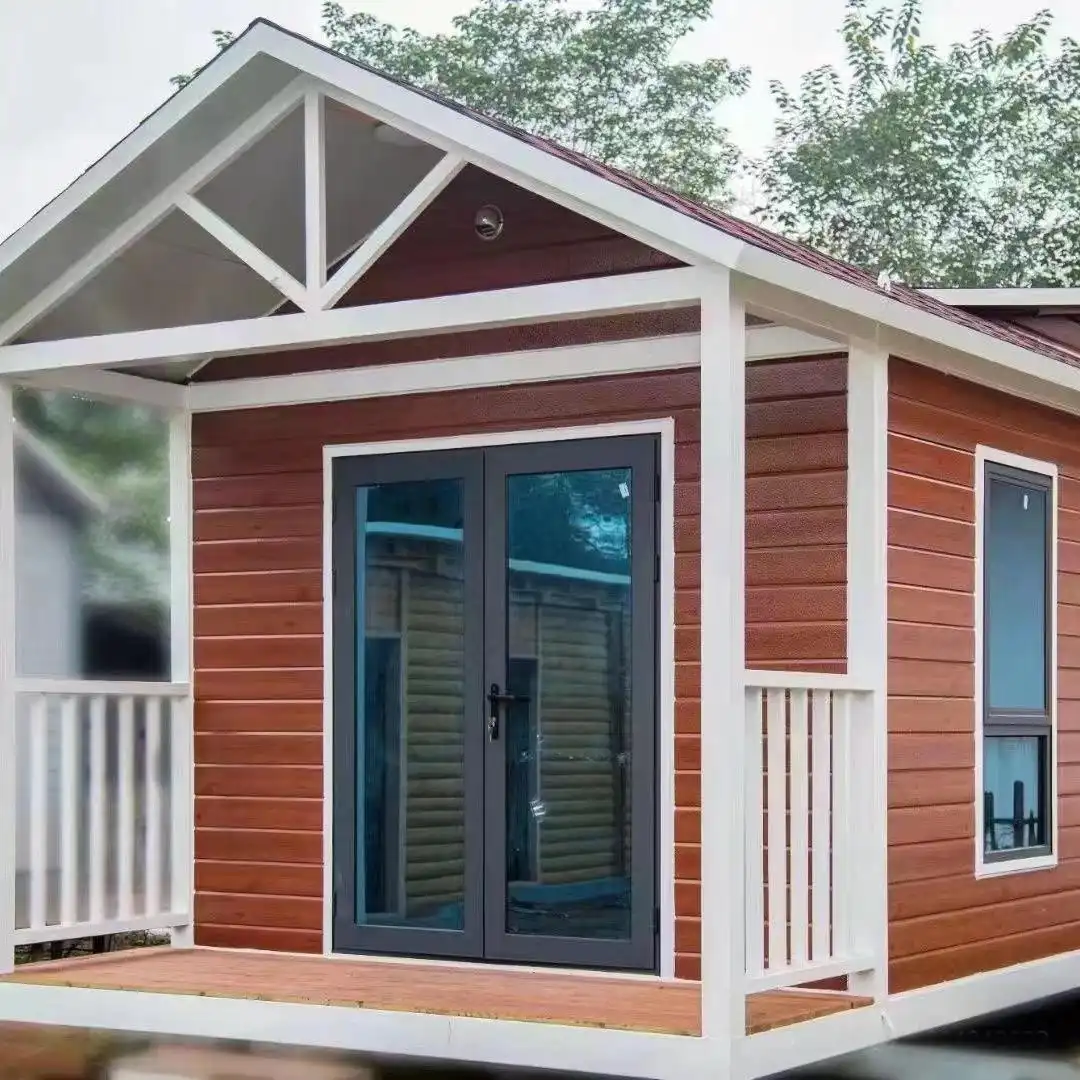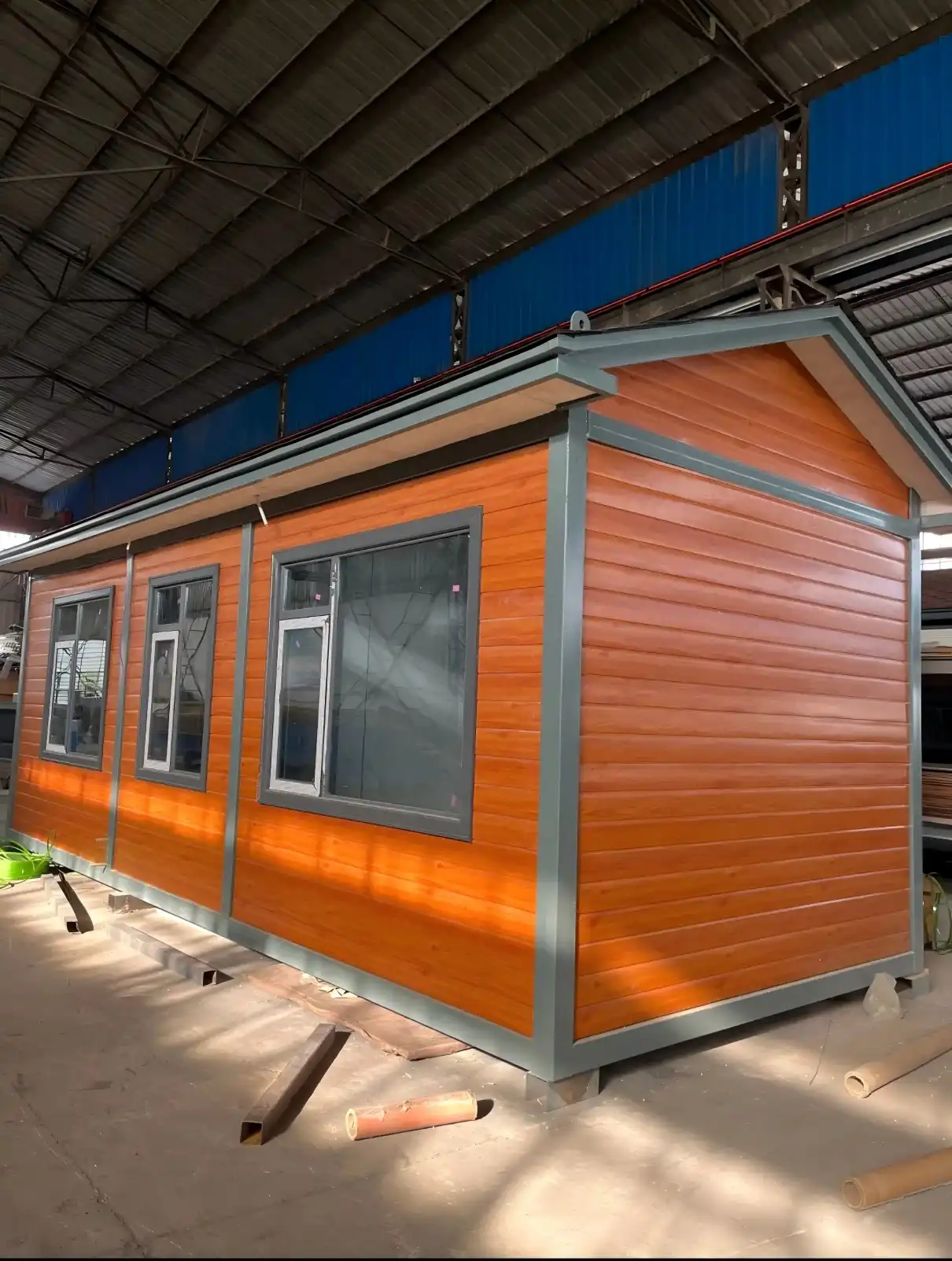The world of interior design is constantly evolving, and one trend that is making waves in ultramodern living apartments is the use of innovative wall panels, also known as living room wall panels interior. These protean design rudiments are transubstantiating spaces with their aesthetic appeal and practical benefits. From satiny metallic homestretches to textured 3D patterns, living room wall panel interior options are different and bewitching. They offer homeowners the occasion to produce stunning focal points, add depth and dimension to their spaces, and indeed ameliorate sequestration and acoustics. As we claw into the top trending designs, you will discover how these panels can elevate your living room from ordinary to extraordinary, blending style with functionality in ways that are both visually striking and incredibly practical.
The Rise of Textured and 3D Wall Panels in Contemporary Living Spaces
Textured and 3D wall panels have surfaced as a game-changer in ultramodern interior design, particularly for living apartments. These panels offer a tactile and visual experience that flat walls simply cannot match. The depth and dimension they bring to a space can dramatically alter the perception of room size and atmosphere.
Geometric Patterns: Adding Visual Interest and Depth
Geometric patterns are at the forefront of living room wall panel interior design. These panels feature bold, repeating shapes that create a sense of movement and rhythm in the space. From hexagons to triangles, the possibilities are endless. The beauty of geometric patterns lies in their versatility—they can be subtle and sophisticated or bold and dramatic, depending on the chosen design and color scheme.
One of the key advantages of geometric wall panels is their ability to create optical illusions. They can make a small room appear larger or a large room cozier, simply by manipulating the viewer's perception of space. This makes them an excellent choice for living rooms of all sizes.
Nature-Inspired Textures: Bringing the Outdoors In
Another popular trend in living room wall panels interior design is the use of nature-inspired textures. These panels mimic organic materials like wood grain, stone, or even leaf patterns. They offer a way to bring the calming influence of nature into the home without the maintenance requirements of natural materials.
Wood-look panels, for instance, can add warmth and character to a modern living room without the risk of warping or the need for regular polishing. Stone-inspired panels can create a sense of solidity and permanence, perfect for creating a feature wall behind a fireplace or entertainment center.
Metallic and High-Gloss Finishes: Adding Luxe and Light
For those seeking a more opulent look, metallic and high-gloss finish panels are making a significant impact in contemporary living rooms. These panels reflect light, creating a sense of spaciousness and luxury. They're particularly effective in rooms with limited natural light, as they can help brighten the space and create a more open feel.
Metallic panels in gold, silver, or copper tones can serve as stunning accent walls, adding a touch of glamour to the living room. High-gloss panels, on the other hand, can create a sleek, modern look that's perfect for minimalist or ultra-contemporary interiors.
Functionality Meets Style: The Practical Benefits of Modern Wall Panels
While the aesthetic appeal of living room wall panels interior is undeniable, their practical benefits are equally impressive. Modern wall panels are designed to offer more than just visual enhancement – they contribute significantly to the comfort and efficiency of your living space.
Enhanced Insulation and Energy Efficiency
One of the most significant advantages of modern wall panels is their insulation properties. Many panels, like those offered by Weifang Sandong Building Materials Co., Ltd., are equipped with effective insulation materials. These panels can enhance energy efficiency by keeping your living space warm in winter and cool in summer.
The thermal conductivity of these panels is impressively low, typically around 0.018W/m.k, with a thermal resistance of 2.09m2k/w. This means they significantly reduce heat transfer through your walls, potentially leading to lower energy bills and a more comfortable living environment year-round.
Improved Acoustics and Soundproofing
Living room wall panels interior can also play a crucial role in improving room acoustics. Textured panels, in particular, can help to absorb sound waves, reducing echo and creating a more pleasant auditory environment. This is especially beneficial in open-plan living areas or homes in noisy urban settings.
For those who value their privacy or enjoy home theater setups, certain types of wall panels can even provide a degree of soundproofing. This can help to contain sound within the living room, preventing it from disturbing other areas of the home.
Durability and Easy Maintenance
Modern living room wall panels interior are built to last. Made from high-quality materials like metal or engineered wood, these panels are designed to withstand wear and tear, ensuring long-lasting beauty. The durability of these panels makes them ideal for high-traffic living areas.
Moreover, many wall panels are incredibly easy to clean and maintain. Unlike painted walls that may require regular touch-ups, wall panels can often be wiped clean with a damp cloth. This makes them a practical choice for busy households or homes with children and pets.
Customization and Installation: Making Wall Panels Work for Your Space
One of the most appealing aspects of living room wall panels interior is their customizability. Modern manufacturing techniques allow for a high degree of personalization, ensuring that your wall panels perfectly complement your unique style and space requirements.
Tailoring Panels to Your Design Vision
When it comes to living room wall panels interior, the possibilities for customization are vast. From choosing the perfect color to match your decor to selecting a pattern that reflects your personal style, these panels can be tailored to suit any aesthetic preference.
Many manufacturers, including Weifang Sandong Building Materials Co., Ltd., offer panels in a wide range of colors and finishes. This allows homeowners to create a truly unique look that reflects their personal style. Whether you're aiming for a subtle, monochromatic look or a bold, contrasting design, there's a panel option to suit your vision.
Seamless Integration with Existing Decor
Modern wall panels are designed to integrate seamlessly with existing decor elements. They can be used to complement your furniture, artwork, and accessories, creating a cohesive and harmonious living space. For instance, wood-look panels can be matched with wooden furniture for a consistent theme, while metallic panels can pick up on metal accents in your decor.
The versatility of these panels also allows for creative combinations. You might choose to use different panel designs in the same room, creating distinct zones or focal points. For example, a textured panel behind the TV area could be complemented by sleek, high-gloss panels on adjacent walls.
Professional Installation for Optimal Results
While many living room wall panels interior are designed for easy installation, professional installation can ensure the best possible results. Experienced installers can handle challenges like uneven walls or complex room layouts, ensuring a flawless finish.
Professional installation also ensures that all necessary accessories, such as trim molding, adhesives, and sealing caulk, are properly used. This not only enhances the overall appearance but also ensures the longevity and performance of your wall panels.
When working with high-quality panels like those from Weifang Sandong Building Materials Co., Ltd., professional installation can help you make the most of their superior features. For instance, proper installation can maximize the insulation properties of the panels, ensuring optimal energy efficiency.
Conclusion
Living room wall panels interior represent a perfect blend of form and function in modern interior design. They offer endless possibilities for customization, allowing homeowners to create truly unique and personalized living spaces. From enhancing aesthetics to improving energy efficiency and acoustics, these panels provide a multitude of benefits that go far beyond mere decoration.
As we've explored the top trending designs and practical advantages of wall panels, it's clear that they are more than just a passing fad. They are a versatile, durable, and stylish solution for those looking to elevate their living room's design while also improving its functionality.
Whether you're renovating your entire living room or simply looking to update a single wall, consider the transformative power of modern wall panels. With their ability to combine beauty, durability, and practicality, they truly represent the future of interior design.
For more information about exterior cladding and facade solutions, including living room wall panels interior, don't hesitate to contact Weifang Sandong Building Materials Co., Ltd. at info@sdqsc.com. Their expertise in manufacturing and distributing high-quality cladding products can help you find the perfect solution for your living room transformation.
References
1. Weifang Sandong Building Materials Co., Ltd. Official Website
2. "Interior Design Trends 2023" - Architectural Digest
3. "The Benefits of Wall Paneling in Modern Homes" - Home & Design Magazine
4. "Energy Efficient Building Materials" - U.S. Department of Energy
5. "Acoustic Properties of Interior Wall Panels" - Journal of Building Engineering

.jpg改.webp)
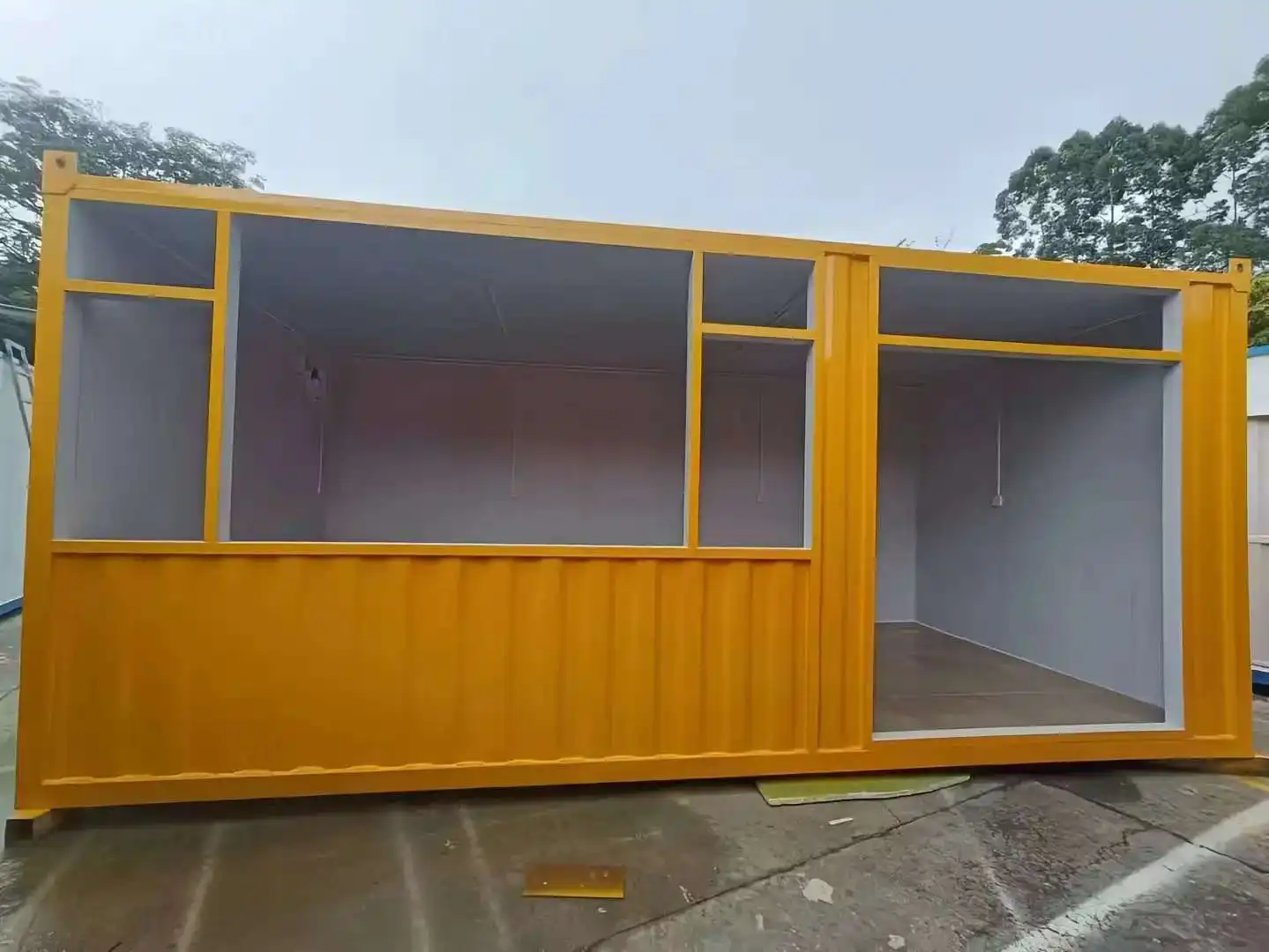

.jpg改.webp)

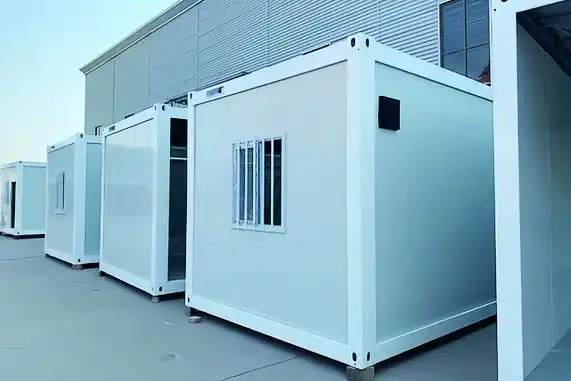

.jpg改.webp)

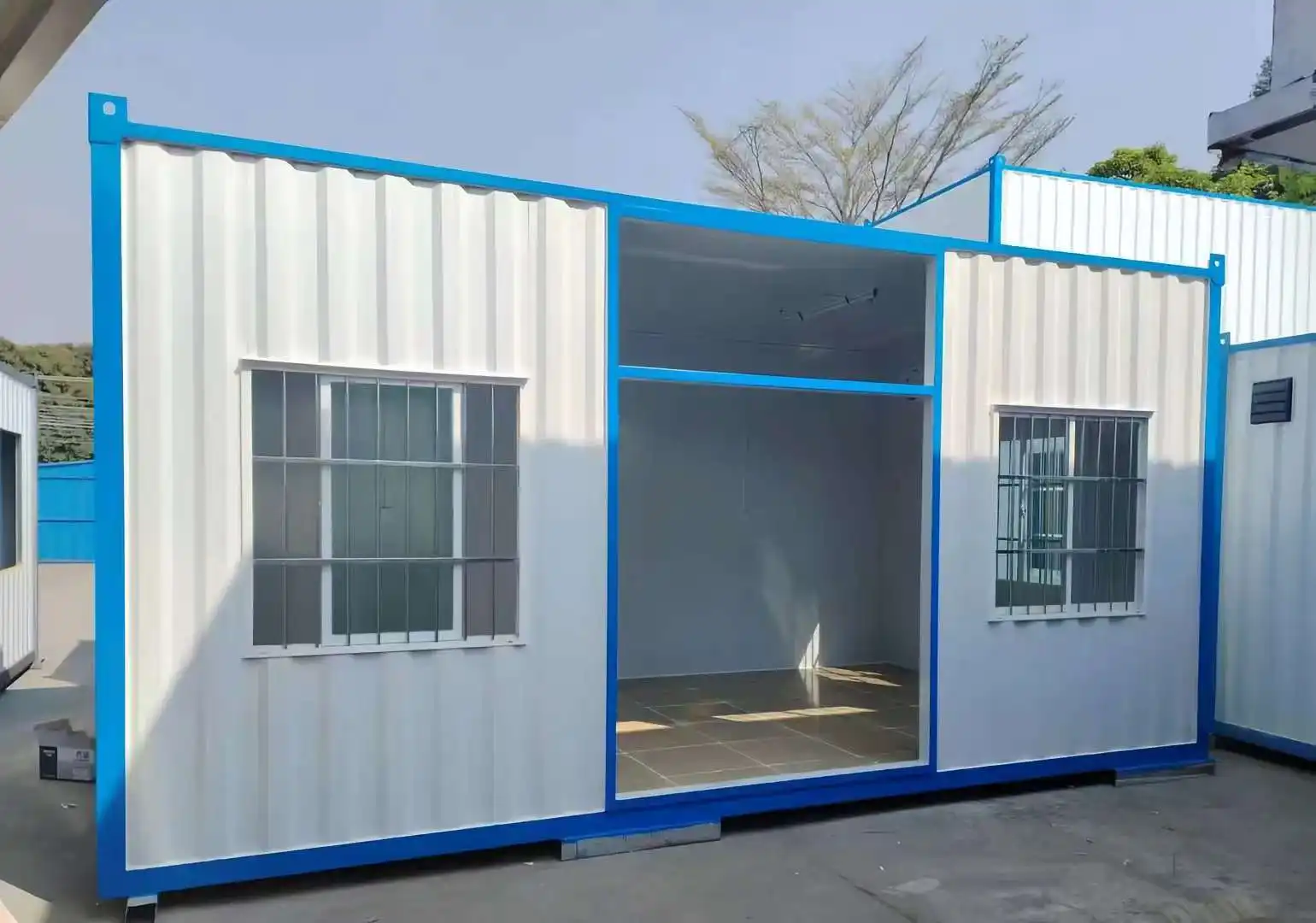
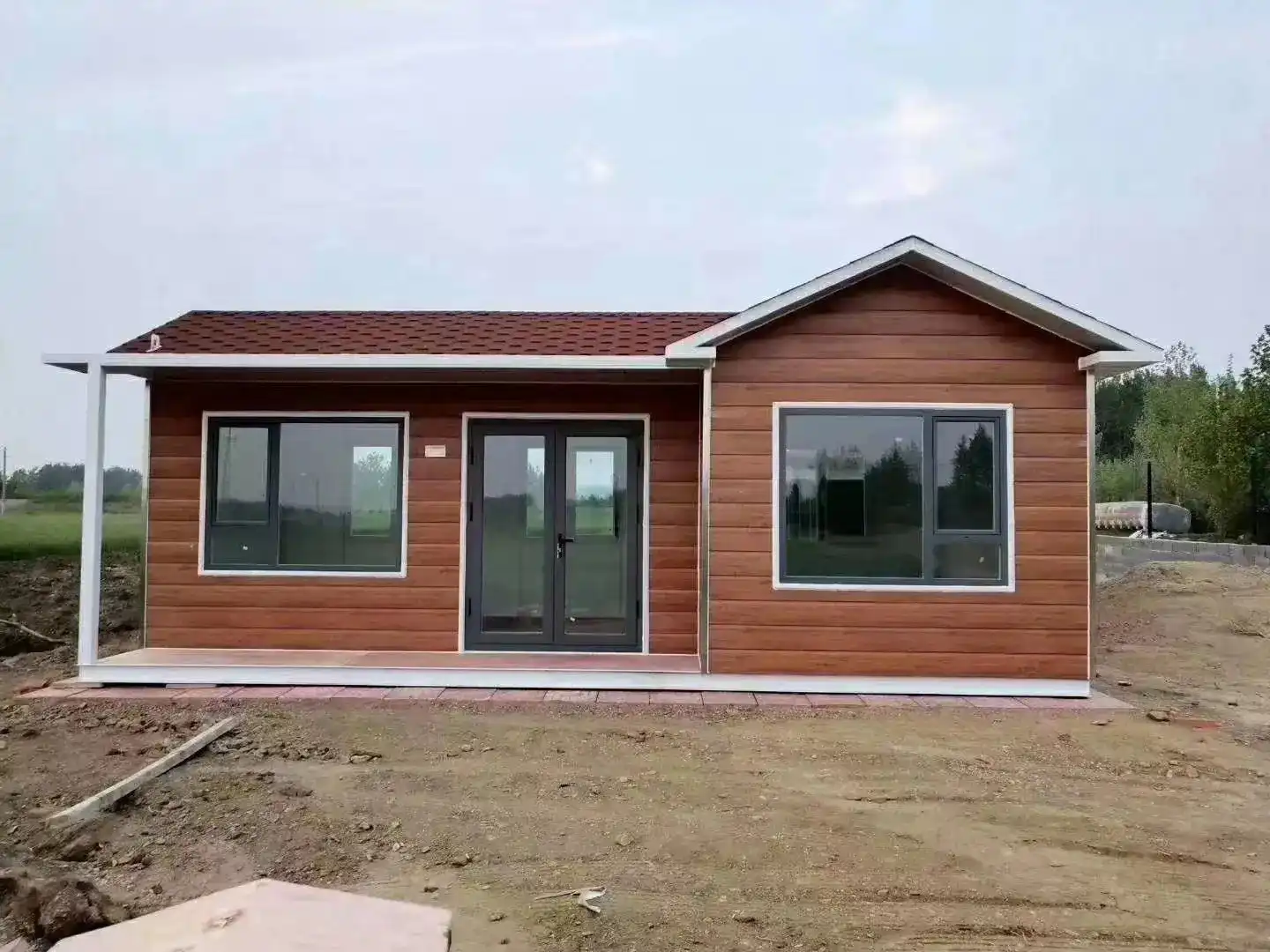
.jpg改.webp)

.jpg改.webp)

.jpg改.webp)

.webp)
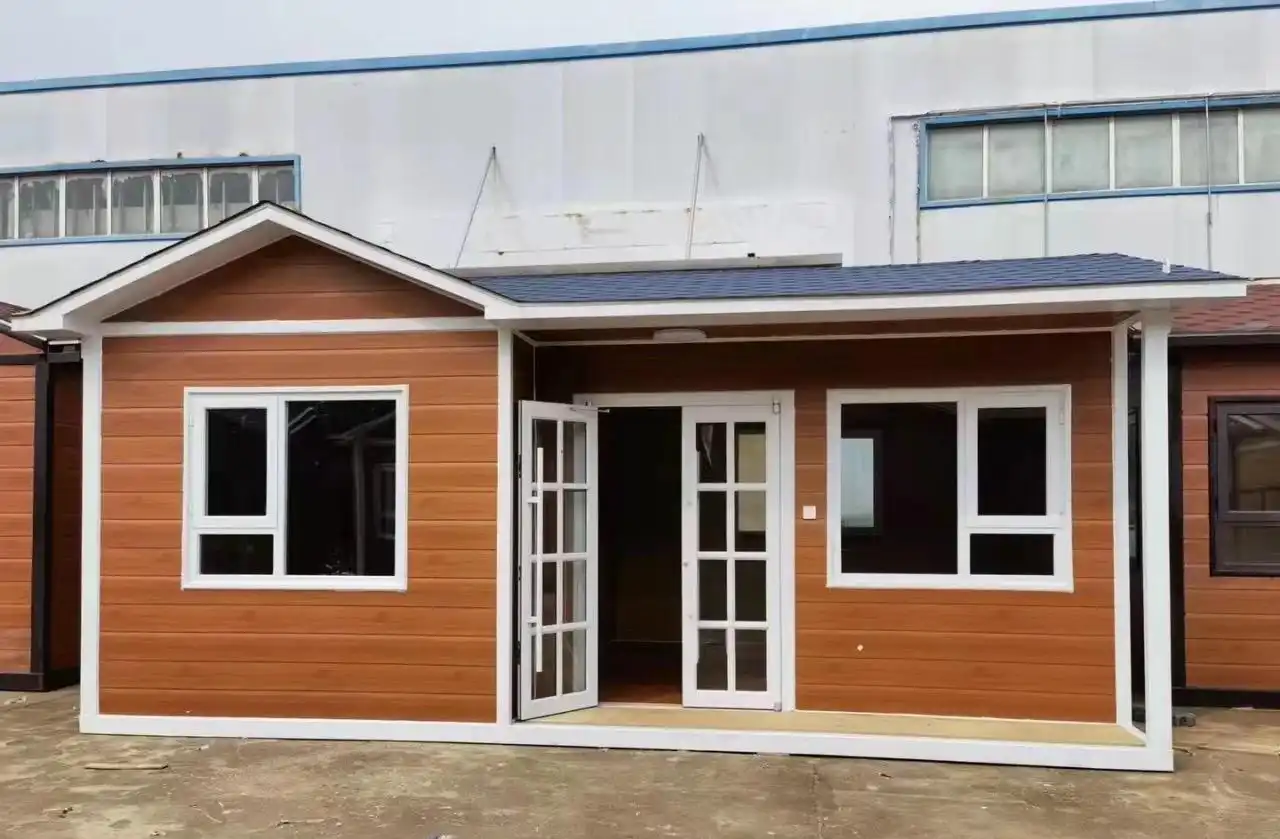
(1).jpg改.webp)

